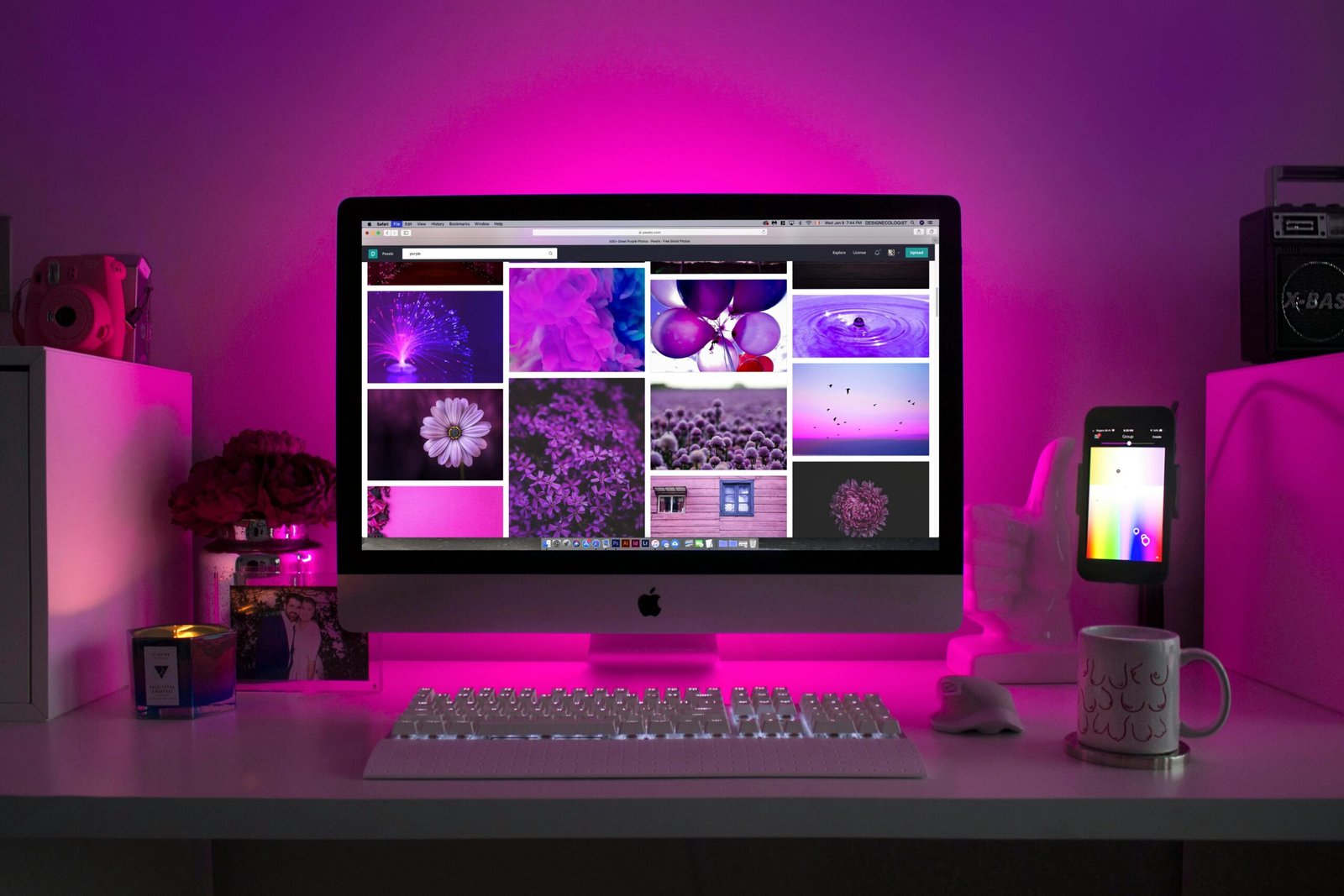In the world of visual communication, poster printing stands out as a powerful tool for conveying messages, promoting events, and creating memorable visual experiences. Whether you’re an individual looking to design a stunning poster for a personal event or a business aiming to advertise your latest products, understanding the intricacies of Poster printing can significantly impact the effectiveness of your message. This article will explore the essential aspects of poster printing, including design considerations, printing techniques, materials, and tips for achieving the best results.
Design Considerations
Design is the cornerstone of any successful poster. A well-designed poster captures attention, communicates the intended message clearly, and leaves a lasting impression. When starting your poster design, keep the following considerations in mind:
Purpose and Audience: Define the purpose of your poster. Are you promoting an event, advertising a product, or conveying information? Understanding your audience will help tailor the design to their preferences and expectations.
Visual Hierarchy: Organize information in a way that guides the viewer’s eye through the poster. Use a clear and concise headline, followed by supporting text and visuals. Ensure that the most important information stands out.
Color Scheme: Choose a color palette that complements your message and appeals to your target audience. Colors evoke emotions and can significantly impact how your poster is perceived.
Typography: Select fonts that are easy to read from a distance. Avoid using too many different fonts, as this can make the poster look cluttered. Maintain consistency in font usage to ensure readability and coherence.
Imagery: High-quality images can enhance the visual appeal of your poster. Ensure that images are relevant to the message and are of sufficient resolution to avoid pixelation when printed.
Printing Techniques
Once your design is ready, it’s time to choose a printing technique that best suits your needs. Different printing methods offer various benefits, depending on factors such as budget, quantity, and desired quality.
Digital Printing: Digital printing is a popular choice for posters due to its quick turnaround times and affordability for short runs. It is ideal for printing small quantities or for designs that require frequent updates.
Offset Printing: For larger quantities, offset printing offers high-quality results and cost-efficiency. This method involves transferring ink from a plate to a rubber blanket, then to the printing surface. It’s perfect for high-volume printing with consistent color accuracy.
Screen Printing: Screen printing is used for specialty posters, often incorporating unique textures or finishes. It involves creating a stencil (or screen) and using it to apply ink to the printing surface. This technique is suitable for custom designs and materials.
Large Format Printing: Large format printing is essential for creating posters that exceed standard sizes. This method is used for posters displayed in public spaces, events, or exhibitions. It ensures that even the smallest details are clear and visible.
Materials
Choosing the right material is crucial for the durability and visual impact of your poster. Several materials can be used, each offering distinct advantages:
Paper: Standard poster paper is suitable for most applications. Options range from glossy to matte finishes, each providing different visual effects. Glossy paper enhances colors and contrasts, while matte paper reduces glare and offers a more subtle look.
Vinyl: Vinyl is a durable material that is resistant to weather conditions, making it ideal for outdoor posters. It’s also tear-resistant and can be easily cleaned, ensuring longevity in various environments.
Canvas: Canvas posters provide a textured, artistic feel and are often used for high-end prints or reproductions. They offer a more premium appearance and are well-suited for framing.
Foam Board: Foam board is a lightweight material that adds rigidity and durability to posters. It’s often used for display purposes, such as at trade shows or events, due to its ease of handling and presentation.
Tips for Successful Poster Printing
To ensure that your poster printing project is a success, consider the following tips:
Proofread Carefully: Always double-check your poster for any spelling or grammatical errors before printing. Mistakes can detract from the professionalism of your poster and impact its effectiveness.
Use High-Resolution Images: Ensure that all images used in your poster are of high resolution (at least 300 DPI) to avoid pixelation and ensure sharp, clear prints.
Consider Bleed and Margins: When designing your poster, include bleed areas (extra space around the edges) to account for any slight shifts during printing. This helps prevent unwanted white edges and ensures a clean finish.
Test Print: If possible, request a test print or proof from your printer to evaluate how the final poster will look. This allows you to make any necessary adjustments before committing to the full run.
Choose the Right Size: Determine the size of your poster based on its intended use. Larger posters are effective for attracting attention from a distance, while smaller posters can be used for more targeted messaging.
Optimize for Display: Consider how and where your poster will be displayed. Ensure that it is designed to be visually appealing in the specific environment, whether it’s indoors, outdoors, or on a digital platform.
Conclusion
Poster printing is a versatile and impactful way to communicate messages, promote events, and create visually striking displays. By focusing on thoughtful design, selecting the appropriate printing technique and materials, and following best practices, you can create posters that effectively capture attention and convey your message with clarity. Whether for personal use or professional purposes, mastering the art of poster printing can elevate your visual communication efforts and leave a lasting impression on your audience.





